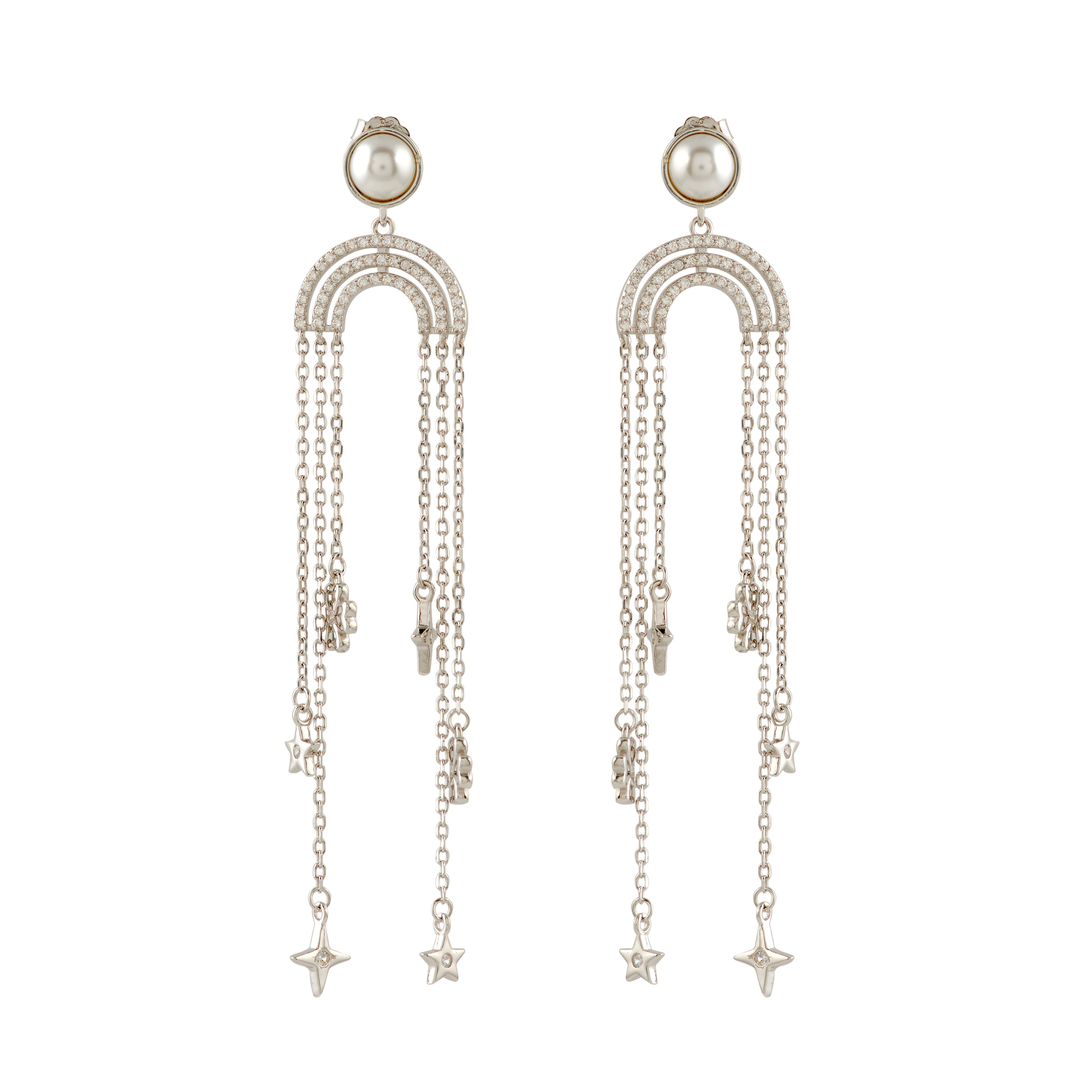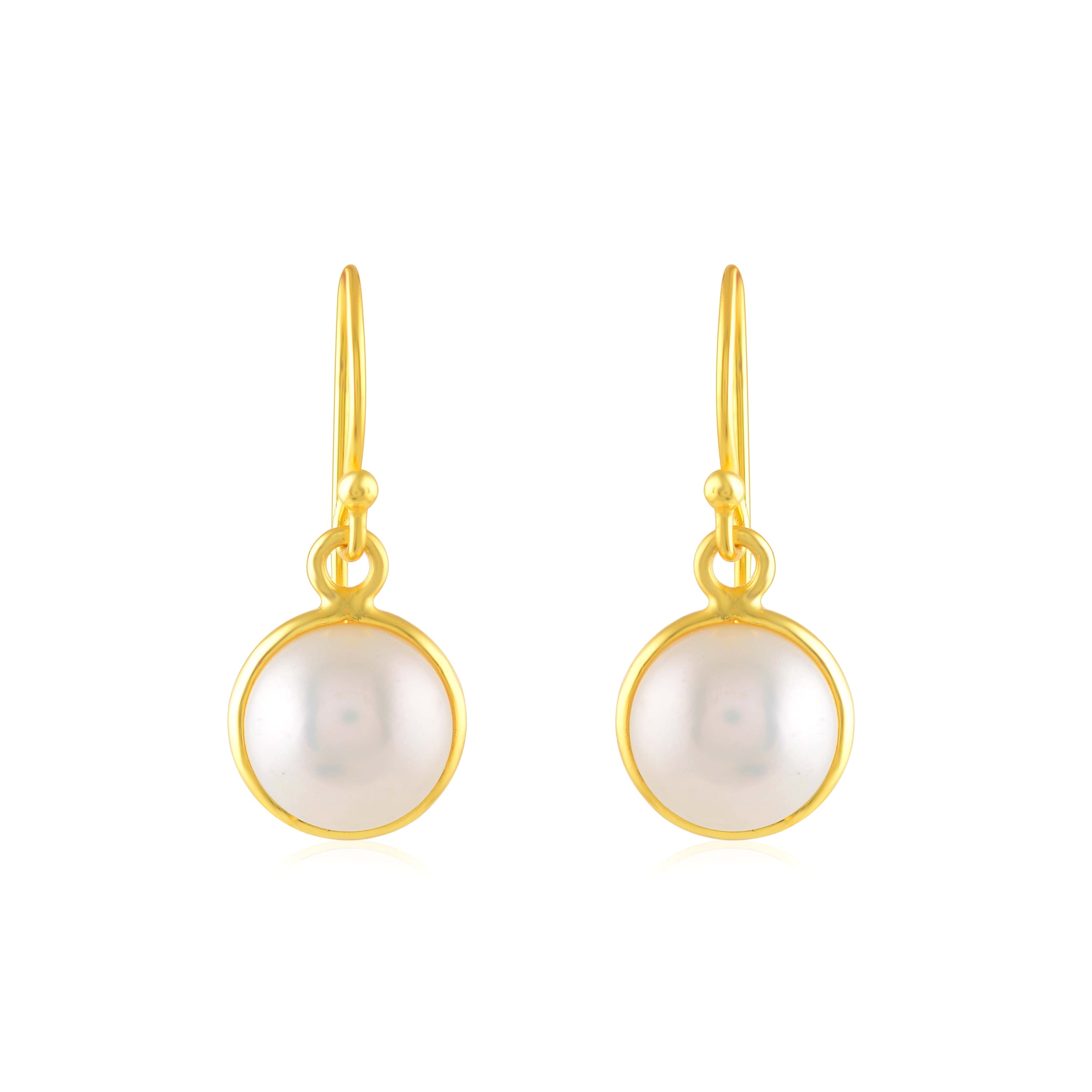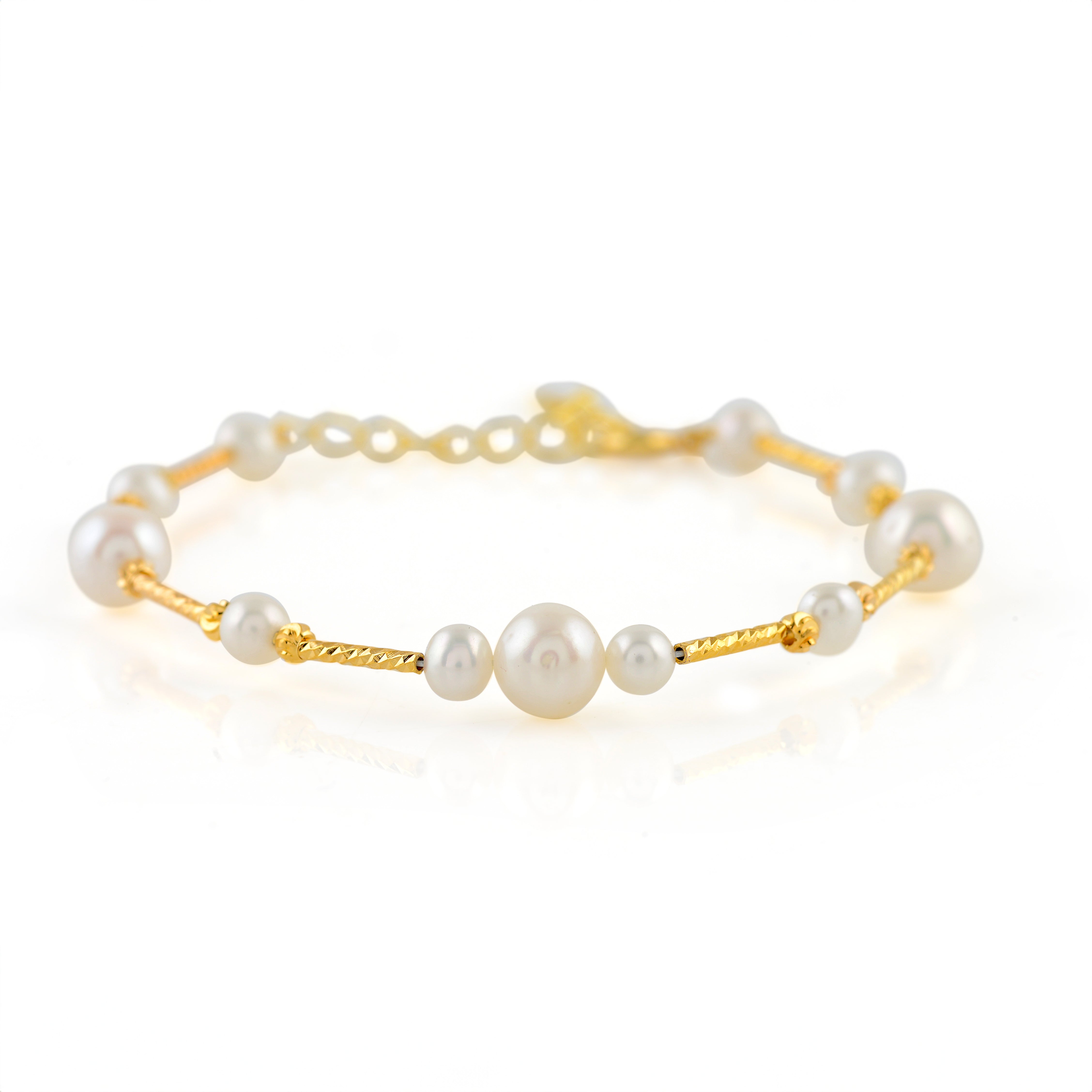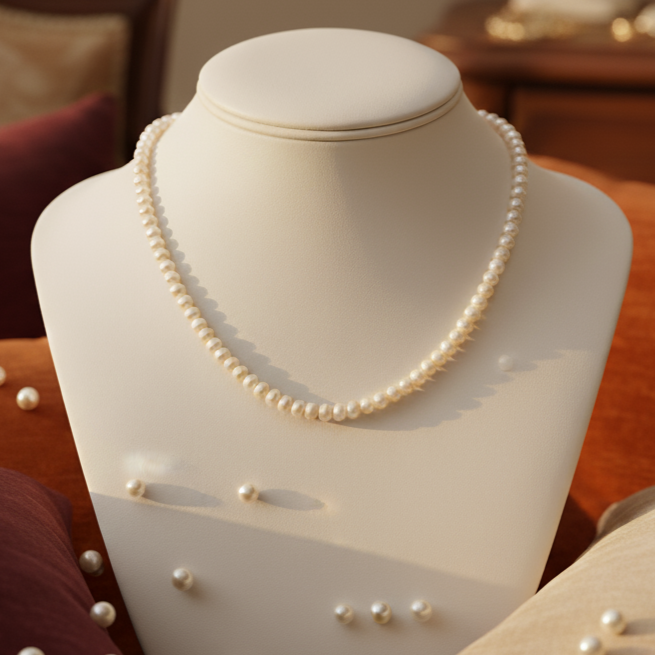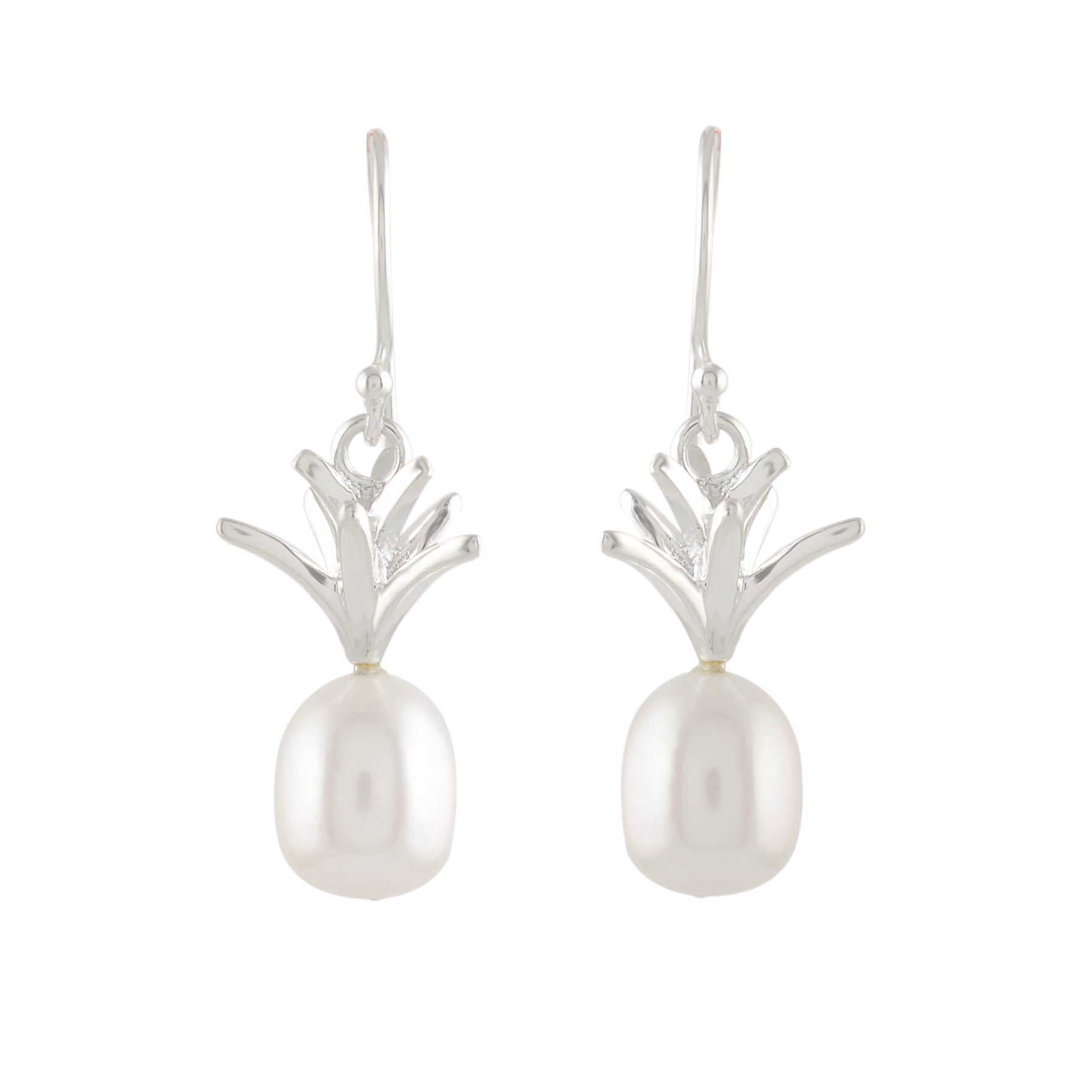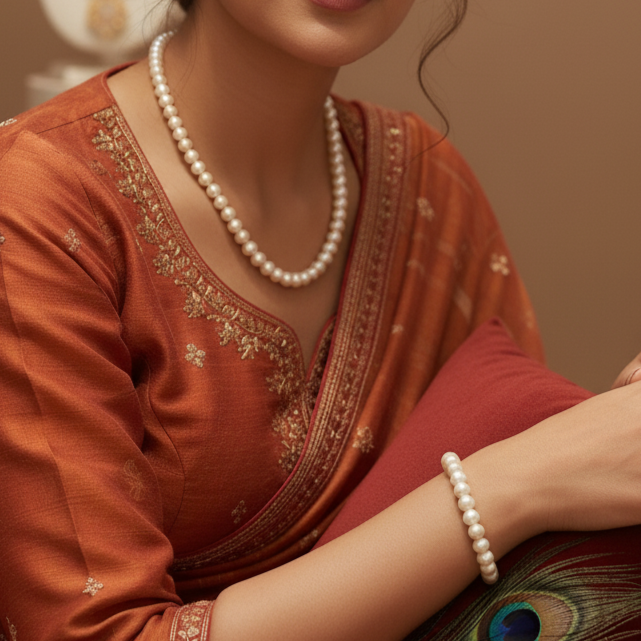In the realm of cultured pearls (distinct from natural pearls), Akoya pearls occupy a highly valued position. Pearl lovers around the world will readily testify to their unique beauty and allure, and indeed, some of the most striking creations in pearl jewelry that can be seen today have all been made with Akoya pearls. While Akoya pearls continue to thrill millions and give joy to so many of us even today, they have a rather difficult origin.
The Akoya variety of cultured pearls is essentially a saltwater one. Along with Tahitian Black pearls and South Sea pearls, Akoya pearls are cultivated in saltwater. The name itself is derived from the fact that they are produced by the Japanese Akoya oysters (Scientific name: Pinctada Fucata Martensii). These oysters are found in copious quantities in many parts of the world. However, in most cases, Akoya pearls are cultivated primarily in the ocean waters off the coasts of Japan and China. Saltwater pearls, especially the Akoya variant, are held in high regard around the world. They are preferred to freshwater pearls due to their intense luster, beautiful color and near-perfect roundness.
As a result, they command a higher market value than other kinds of cultured pearls. However, controlled and advanced production methods adopted in recent times are leading to the production of very high quality freshwater pearls. But their popularity is yet to match that of Akoya pearls. What makes Akoya pearls so special is the fact that they are not easily produced and have a somewhat rare nature. Unlike other kinds of cultivated pearls, Akoya pearls are produced in much smaller numbers. This is because the Akoya oysters rarely produce more than two pearls during their lifetime. They also suffer from a higher rate of mortality rate than freshwater oysters. It is worth remembering in this regard that freshwater mollusks can be artificially nucleated to harvest multiple (fifty or more) pearls in each oyster and the process can be repeated many times over. To add to the problem of fragility, Akoya oysters are very small in size and the pearls they produce vary from only 2 mm (common) to 11 mm (very rare) All this difficulty in producing an Akoya pearl has lent a certain degree of exclusivity and value to itself. No wonder, they are held in such high regard by pearl enthusiasts everywhere. In the final analysis, Akoya pearls are a prized possession for just about anybody. One could collect pearls of many kinds, but without an Akoya, no collection could ever be considered complete.
Follow The Latest Jewellery Collection
► Like us on Facebook: https://bit.ly/2Kcdt4W
► Follow us on Instagram: https://bit.ly/32YeWnX
► Follow us on Twitter: https://twitter.com/KPJHyd
► Shop Online: https://www.krishnapearls.com/
► Visit Website: http://www.krishnajewellers.com
For More Pearl Jewellery Designs Call (or) Whats App@ +91-9248036721 Shop Online at www.krishnapearls.com (or) visit our store Krishna Pearls at Jubilee Hills, Hyderabad and for more details Contact Us @ +91-9248036721.


